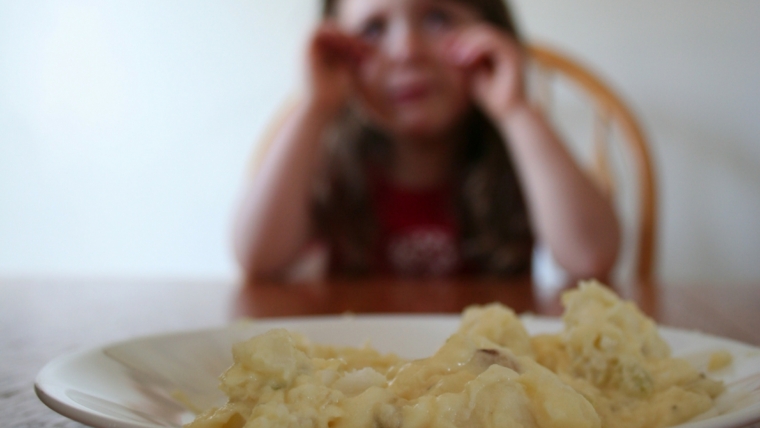“By far,the best way to study for your BCBA exam is to come up with examples and non examples of each term. That’s because the exam does not focus on memorizing applied behavior analysis terms and picking out their definitions. It focused on applying the principles of behavior to real life situations. If you can write your own examples of applying terms, you will be able to understand the scenarios on your exam.”
This blog post written by Katherine Yohn, models some examples of discontinuous measures.
Discontinuous measurement is defined as a form of measurement that does not detect every instance of behavior. Discontinuous measurement is a time sampling procedure that is used for continuous behaviors that occur at high rates. Discontinuous measurement divides an observation period into intervals and records whether in the behavior occurred during some or all of the interval or at the exact time of the end of observation interval. There are four types of discontinuous measurement procedures: whole interval recording, partial interval recording, momentary time sampling and planned activity check (placheck).
Partial interval recording overestimates the rate/ duration of the behavior during the time intervals that the behavior occurred in. For example, if we are looking to measure how often a client is humming during a 1-minute interval, you would break the behavior into 10 second intervals. You would record if the client hummed during that 10 second interval period. As long as the child hummed during a part of the interval, it would count as an occurrence, making it look like the behavior occurred for the full time interval. For this reason, partial interval overestimates behavior and you would use partial interval recording for behaviors you want to decrease.
Whole interval recording underestimates the rate and duration of the behavior. When using whole interval recording, you only count a behavior as an occurrence if the behavior happened during the entire interval. For example, with the humming, you want to measure how often the client is humming during a minute interval. You would break the 1 minute into 10 seconds intervals. You would only count it if the behavior occurred if it happened for the entire 10 seconds. When the goal is to increase a behavior, you would use whole interval recording.
Momentary time sampling is a time sampling procedure that measures if the behavior happens at the moment each interval ends. Momentary time sampling is used during instances when the client engaging in the behavior of interest can’t be the only one watched. This technique is easy for teachers to use when teaching a class full of students and you want to measure out of seat behaviors. You would set a timer for a minute and at the end of each minute you would check to see if the client is out of seat or not. This is used for high rates, long duration behaviors. It is not recommended for low frequency behaviors. It is the least accurate but neither consistently overestimates or underestimated the behavior. The reason is for this is you are sampling a very small quantity of time.
Another type of momentary time sampling is, planned activity check (PLACHECK), which is used to measure group activity. It used to identify how many people are engaging a behavior at the end of the interval. For example, if a teacher wants to know how many students are on task during free reading time, they would set a timer and when the timer goes off, count the number of students that are reading.
Discontinuous measurements create measure artifacts because of the way the behavior was measured due to the measurement procedures over and underestimating behavior. For this reason, they do not measure specific dimension of behavior and should only be used if it is not feasible to use a continuous recording.
Cooper, J. O., Heron, T. E., & Heward, W. L. (2020). Applied behavior analysis (3rd ed.).



